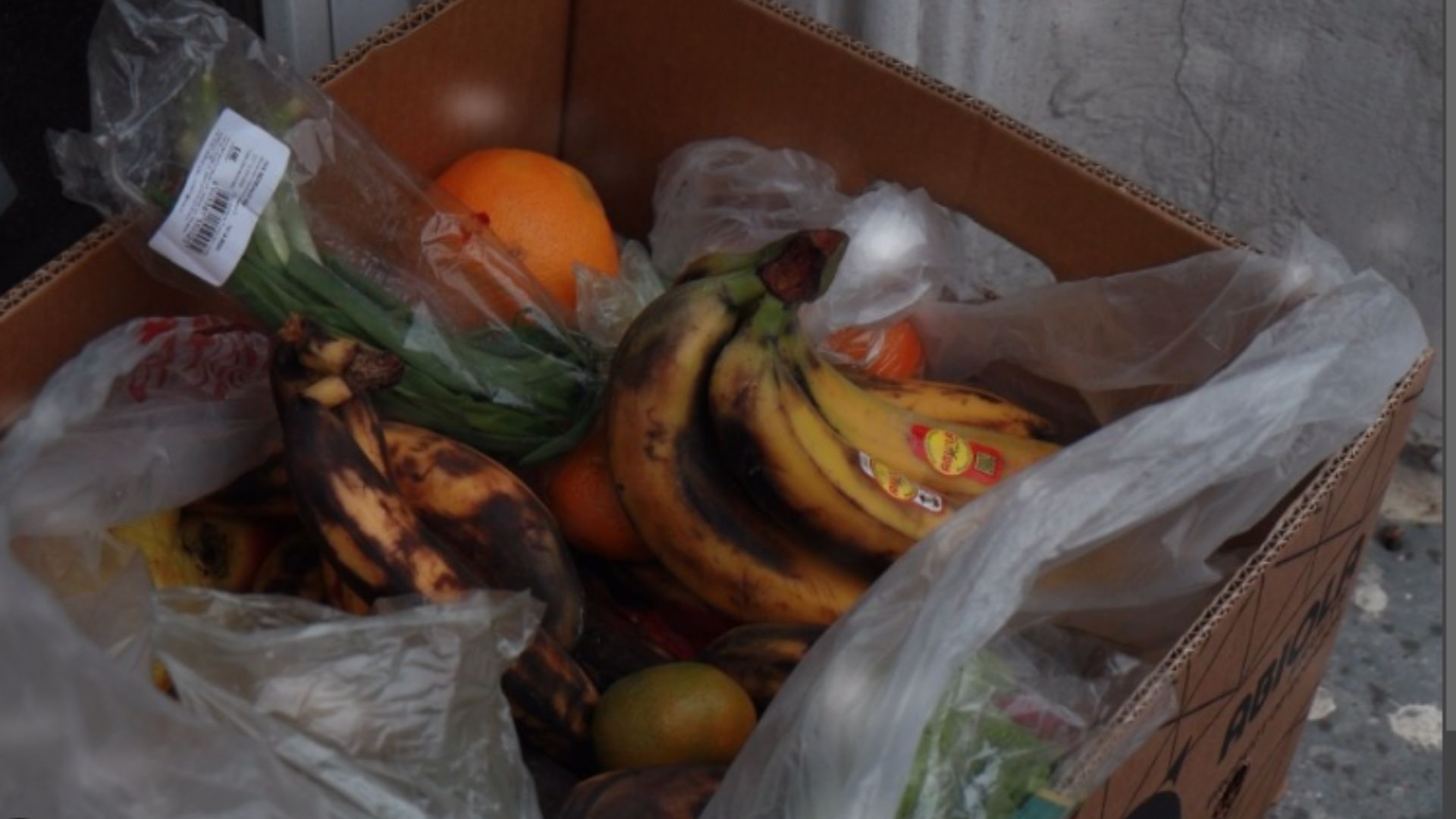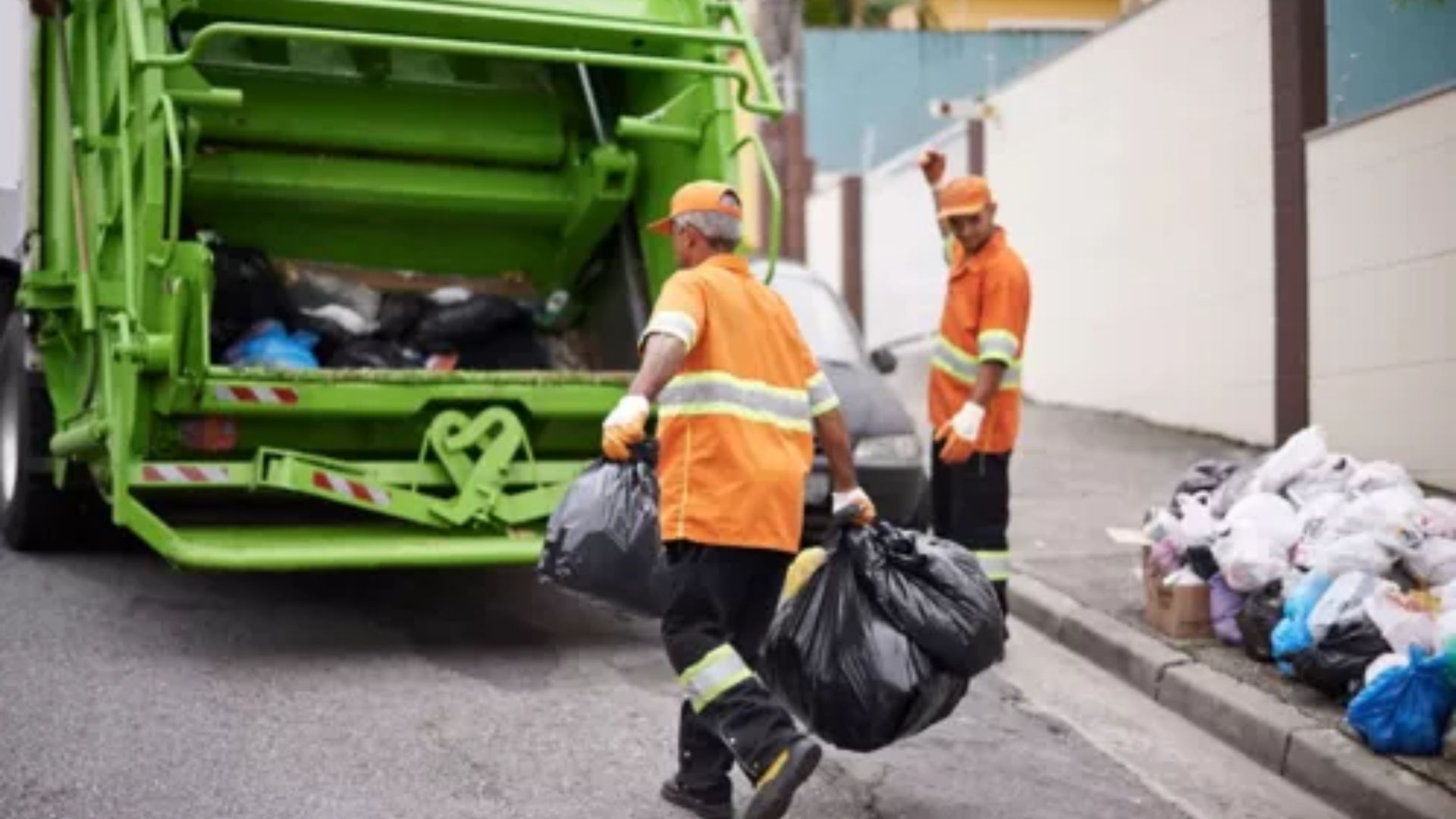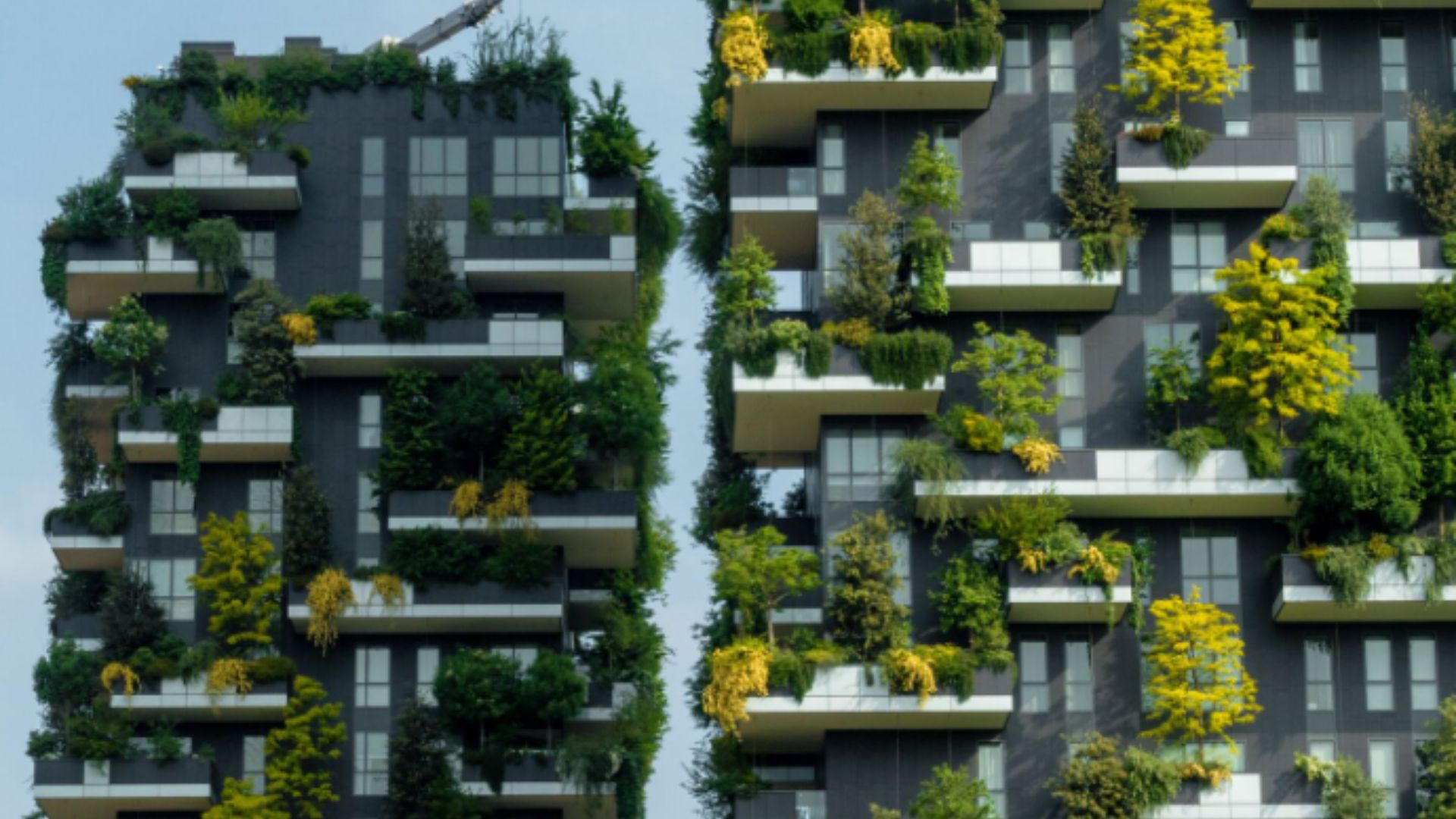Our current economic model, based on a linear “take-make-dispose” approach, is putting immense strain on the planet’s resources. Restorative economy offer a compelling alternative, promoting resource efficiency and minimizing waste. By implementing circular economy principles, we can create a more sustainable future for generations to come.

The Limits of the Linear Economy: A Finite Game
The traditional linear economy thrives on constant consumption. We extract raw materials, manufacture products, and then discard them as waste after a short lifespan. This model has several drawbacks:
- Resource Depletion: Our planet’s resources are finite, and the linear economy rapidly depletes them.
- Environmental Degradation: Manufacturing and waste disposal generate pollution and contribute to climate change.
- Inefficient Use of Resources: Valuable materials end up in landfills instead of being reused or recycled.
Circular economies offer a solution by fundamentally redesigning how we produce and consume goods.
The Core Principles of a Circular Economy
Circular economies function on the core principles of keeping resources in use for as long as possible and minimizing waste generation. Here’s a closer look at these principles in action:
- Design for Durability and Repairability: Products are designed with longevity and ease of repair in mind, extending their lifespan and reducing the need for replacements.
- Promote Reuse and Refurbishment: Encourage the reuse of products and components whenever possible. This can involve repair programs, second-hand markets, and product-as-a-service models.
- Optimize Recycling and Material Recovery: Develop efficient recycling technologies to extract valuable materials from used products and reintroduce them into the production cycle.
- Biomimicry and Sustainable Materials: Embrace sustainable materials and production processes that mimic nature’s closed-loop systems, minimizing environmental impact.
By following these principles, we can create a circular economy where resources are constantly circulated and waste is minimized.
The Benefits of a Circular Economy
Transitioning to a circular economy offers a multitude of benefits for businesses, consumers, and the environment. Here’s why it’s a win-win situation:
- Environmental Sustainability: By minimizing waste and resource depletion, we can reduce our environmental footprint and combat climate change.
- Economic Growth: The circular economy creates new business opportunities in areas like repair, reuse, and recycling, fostering innovation and job creation.
- Resource Security: By maximizing resource efficiency, we become less reliant on virgin resources and ensure their availability for future generations.
- Consumer Benefits: A restorative economy can lead to more durable and sustainable products, potentially lowering costs for consumers in the long run.
The transition to a circular economy requires a collaborative effort from governments, businesses, and individuals. Governments can incentivize sustainable practices, businesses can adapt their production models, and individuals can make conscious choices about consumption and waste reduction.
The Circular Economy in Practice
Seeing the restorativeeconomy in action can be inspiring. Here are a few real-world examples:
- Clothing Rental Services: Companies offering clothing rental subscriptions promote product reuse and extend the life cycle of garments.
- Repair Cafes: These community-based workshops provide resources and space for people to repair their own belongings, reducing waste and promoting product longevity.
- Urban Farming with Composting: Composting food scraps and yard waste creates nutrient-rich soil for urban farms, promoting local food production and reducing reliance on chemical fertilizers.
These examples showcase the diverse ways the circular economy can be implemented to create a more sustainable future.
A Future Built on Circular Principles
Embracing the circular economy isn’t just about individual actions; it’s about a systemic shift. Looking ahead, we can expect:
- Policy and Legislation: Governments enacting policies that incentivize circular practices and discourage waste generation.
- Technological Innovation: Advancements in recycling technologies and material science will further optimize resource recovery.
- A Shift in Consumer Behavior: Consumers increasingly demanding sustainable products and embracing reuse and repair practices.
Conclusion
By working together, we can transform the restorative economy from a concept to a reality. Let’s actively build a future where we cherish resources, minimize waste, and foster innovation within a thriving closed-loop system.



